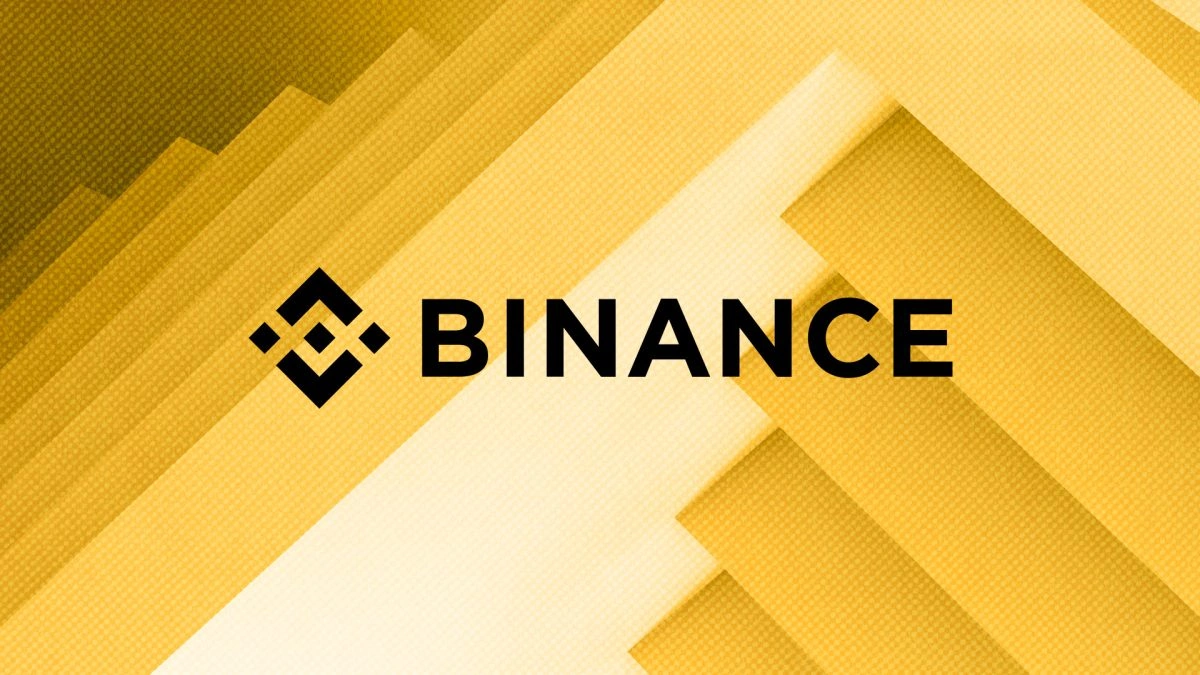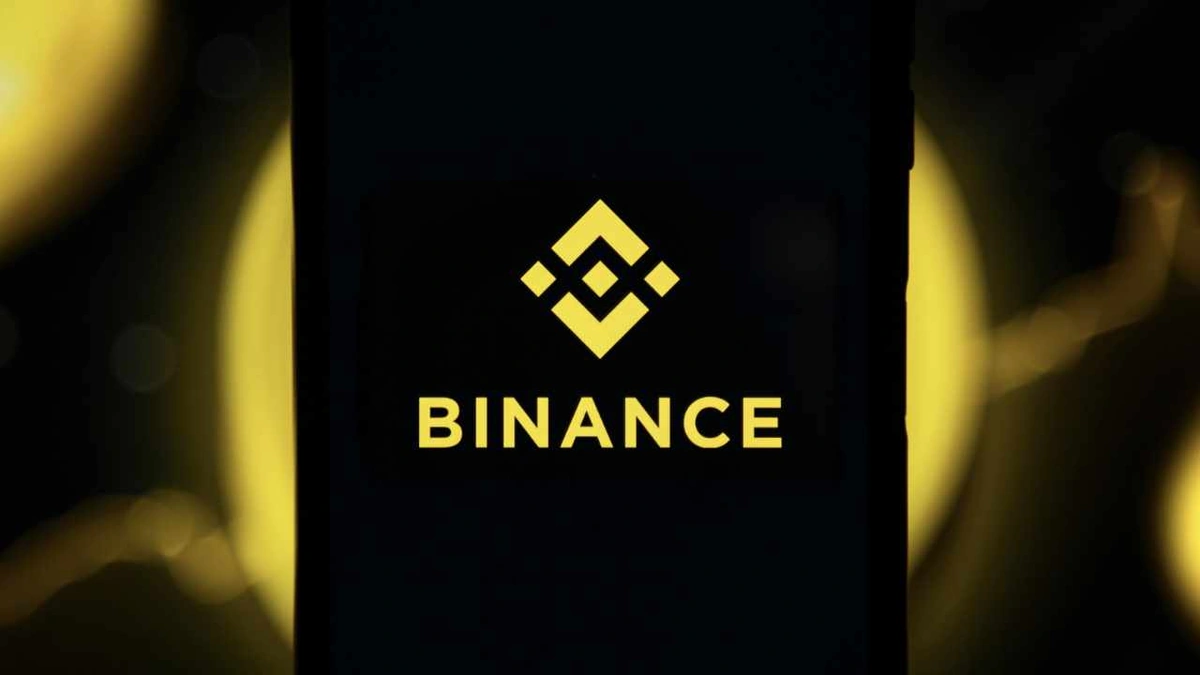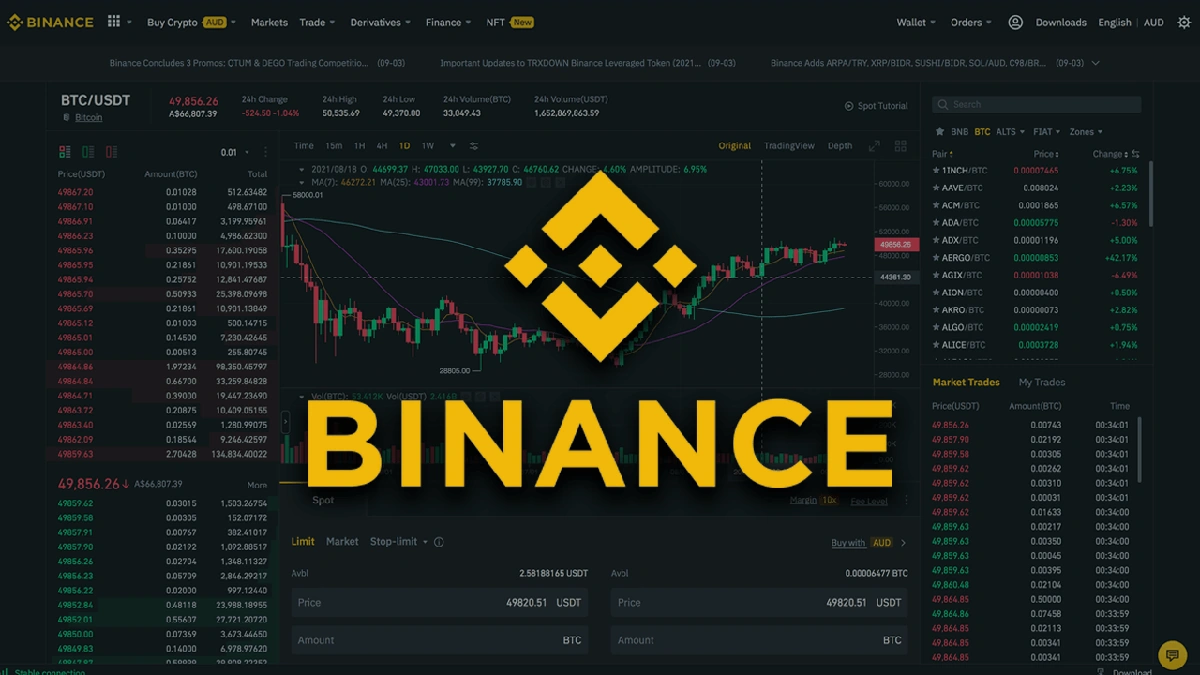The Real Reason Binance is Back in India (And What It Means for Your Crypto)
Let’s be honest for a second. Remember that sinking feeling back in January? You opened your phone, tried to check your portfolio on Binance , and… nothing. The website was blocked. The app wouldn’t load. A wave of panic washed over the Indian crypto community. “Is my money gone?” “Do I need a VPN forever?” “Is this the end?”
It was a chaotic, uncertain time. We all scrambled for answers, piecing together information from news reports and frantic crypto Twitter threads.
And now, just a few months later, the script has flipped entirely. Binance is back . Not just sneaking in through the back door, but officially, with the government’s nod of approval. The headlines are screaming victory. But here’s the thing, and this is what we need to talk about: this isn’t just a simple “unban.” This is a fundamental shift in the entire Indian crypto landscape. It’s more complicated, more significant, and has deeper implications for your money than you might think.
So grab your coffee, pull up a chair. Let’s break down what really happened and why this comeback is the most important crypto story in India this year.
So, What Actually Happened? A Quick Rewind

First, a quick recap of the drama. In late 2023, India’s Financial Intelligence Unit (FIU) dropped a bombshell. It issued show-cause notices to nine major offshore crypto exchanges, including Binance, KuCoin, and Huobi. The charge? They were operating in India without registering as “Reporting Entities” and failing to comply with the country’s anti-money laundering (AML) laws.
Think of it like this: the government basically said, “You’re running a massive financial service in our country, dealing with billions in Indian money, but you’re not following our rules. You’re not reporting suspicious transactions, and we have no idea who is moving money where.”
For years, these offshore exchanges operated in a grey area. They were accessible, but not accountable. When the government didn’t get the compliance it wanted, it brought down the hammer. The Ministry of Electronics and Information Technology (MeitY) was asked to block their URLs and apps. And poof, they were gone.
This wasn’t about banning crypto itself. It was about control. It was about visibility. The government was sending a clear message: if you want to do business in India, you play by India’s rules.
The Comeback Kid | Why This Return is a Bigger Deal Than You Think

Now for the main event. Binance is the first of those nine banned exchanges to make a comeback. But they didn’t just flip a switch. They had to come to the table and agree to the government’s terms. This is where it gets fascinating.
Here’s the deal they struck:
- FIU Registration: Binance is now registered with the FIU. This is the single most important point. It means they are now legally obligated to follow the Prevention of Money Laundering Act (PMLA). They have to implement KYC (Know Your Customer) norms, keep records of transactions, and report any suspicious activity to the Indian authorities. The days of anonymous trading on the platform are over for Indian users.
- The Hefty Fine: Binance paid a penalty of ₹18.82 crore (around $2.25 million). This isn’t just a slap on the wrist. It’s a public admission of their past non-compliance and a very expensive “entry fee” to get back into the Indian market. It signals a new era of accountability.
This is a landmark moment. For the first time, the Indian government has created a clear (though still evolving) pathway for foreign crypto exchanges to operate legally. They’ve moved from a position of “get out” to “get in line.” This tacitly acknowledges that crypto is here to stay and that the government would rather regulate and tax it than try a blanket ban that just pushes activity underground.
Your Money, Your Move | What This Means for YOU as an Indian Investor

Alright, let’s cut through the policy jargon. What does the return of binance india mean for your portfolio and your strategy? This is the stuff that actually matters.
First, let’s talk taxes. A common mistake I see people making is thinking that this “legalization” somehow changes the tax rules. It absolutely does not. You are still on the hook for:
- A flat 30% tax on all crypto profits, with no option to offset losses.
- A 1% Tax Deducted at Source (TDS) on transactions over a certain limit.
In fact, with Binance now reporting to the FIU, it’s going to be easier for the tax authorities to track your transactions. The key takeaway? Trade responsibly and set aside money for your tax obligations. The government is watching more closely than ever before.
Second, is it “safer” now? Yes and no. It’s safer from a regulatory perspective. The risk of the government abruptly blocking the platform again is now significantly lower. That’s a huge relief. However, the inherent market risks of cryptocurrency the volatility, the scams, the hacks are still very much present. “Regulated” does not mean “risk-free.” Don’t let this news lull you into a false sense of security about the market itself.
Third, the Binance vs WazirX (or other Indian exchanges) debate. For a while, Indian exchanges were the only easy on-ramp. Now, the choice is more complex. Binance Offers: Massive liquidity, a huge range of coins and tokens, and advanced trading features like futures and options. For seasoned traders, it’s often the preferred platform. A deep dive into their offerings might be a good next step for some, like this share price analysis which shows the depth of financial instruments available today. Indian Exchanges Offer: Simpler UPI/bank transfers, potentially easier TDS compliance, and local customer support. They are a great starting point for beginners. You can explore some local options similar to how one might analyze an engineering IPO to understand domestic markets.
The best platform for you depends entirely on your needs. Many experienced investors use both.
The Unseen Game | Reading Between the Lines of This ‘Regulation’

What fascinates me most isn’t just what happened, but what it signals about the future. This move by the Indian government is less about a newfound love for crypto and more about pragmatism.
They realized two things:
- You can’t ban the internet. Blocking URLs was a temporary fix. Determined users just switched to VPNs, and the government lost all visibility.
- They were leaving money on the table. Billions of dollars in trading volume were happening outside their tax net. By bringing giants like Binance into the fold, they ensure that this massive economic activity is tracked, reported, and, most importantly, taxed.
This is a strategic pivot from prohibition to regulation. It’s India carving out its own unique, slightly cautious, and control-focused approach to the digital asset world. They are creating a walled garden where they set the rules. And for now, Binance has agreed to play inside it.
Frequently Asked Questions About Binance in India
Is my money safe on Binance now that it’s unbanned in India?
From a regulatory standpoint, your funds are safer from sudden government blocks. However, you still face the normal market risks and security risks (like hacking) associated with any crypto exchange. Always use strong passwords and two-factor authentication (2FA).
Do I still have to pay the 30% crypto tax if I use Binance?
Yes, absolutely. The tax laws have not changed. All profits from crypto trading are subject to a 30% tax, and the 1% TDS rule also applies. Binance’s FIU compliance will likely make it easier for tax authorities to track your activity.
What’s the real difference between using Binance and an Indian exchange now?
The main differences now lie in features, liquidity, and ease of use. Binance offers a wider array of coins and advanced trading tools. Indian exchanges often provide simpler INR deposit/withdrawal options via UPI and may handle TDS reporting more directly for you.
What happened to my funds when Binance was blocked? Were they lost?
No, your funds were never lost. The block was on the website and app’s access from India. The funds themselves remained secure in your Binance wallet. Many users accessed them via VPNs during the block.
What exactly is this FIU registration everyone is talking about?
The Financial Intelligence Unit (FIU) is a national agency responsible for combating money laundering and terrorism financing. By registering with the FIU, Binance agrees to comply with the Prevention of Money Laundering Act (PMLA), which means they must verify user identities (KYC) and report suspicious transactions to the Indian government.
So, is Binance legal in India now?
Yes, by registering with the FIU and paying the penalty, Binance is now operating in compliance with Indian law . This makes it a legal and regulated platform for Indian users.
This isn’t the end of the story. It’s the end of the beginning. The return of Binance is not just news about one company; it’s a clear signal that the wild, unregulated days of crypto in India are over. The future is one of compliance, taxation, and a much clearer set of rules. For the serious investor, this might not be the Wild West anymore, but it’s a far more stable and predictable frontier. And that, in the long run, might be the best news of all.













